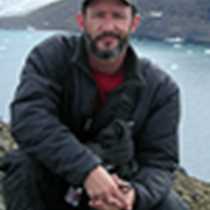Gold Harbor & St. Andrews Bay
The splendor of South Georgia! Our second day visiting this spectacular place proved why so many people hear about this place from other travelers who were amazed by their experience and have spread the word. Many visitors to the Antarctic hear about this strangely named place, so named by Captain Cook for King George, yes the same King of England during the American Revolution, and then decide that maybe the rumors are true. The sub-Antarctic islands are few and far between in the great Southern Ocean so the marine life that needs land in order to lay eggs or give birth crowd these small oases to fulfill one of life’s callings.
We were in a huge crowd today as we visited two of the busiest places on the island: Gold Harbor and St. Andrews Bay. The morning plan was for a pre-dawn landing for the golden light. The light we wished for didn’t materialize so after breakfast we headed to the beach and were awestruck at the sheer quantity of life – elephant seals, fur seals, petrels, albatross, and of course the king penguin. Literally thousands of these birds walked among us as we made our way along the two beaches.
Gold Harbor has one of the most dramatic backdrops in the world with a wide cliff clinging glacier that gives way to a large melt water stream. Tons of ice cascaded off the base of the glacier at times just to add more drama to a fever pitched sensory overload experience.
St. Andrews Bay is the largest colony of penguins on South Georgia and while the multitude of numbers impressed, it was the sight of a single unique penguin that grabbed our attention. The lone bird came out of the sea late in the afternoon. It was the holy grail, in bird circles at least, of penguins; a completely black penguin. Known as a melanistic, these birds are extremely rare, perhaps one in a hundred thousand. It was a good thing there were more than 200,000 birds on the beach at St. Andrews so our chances were, well at least numerically, good.




